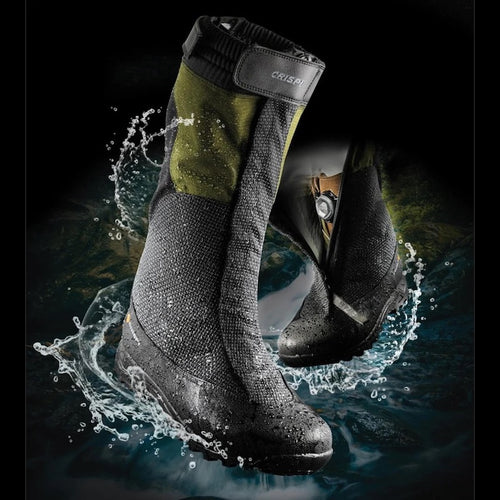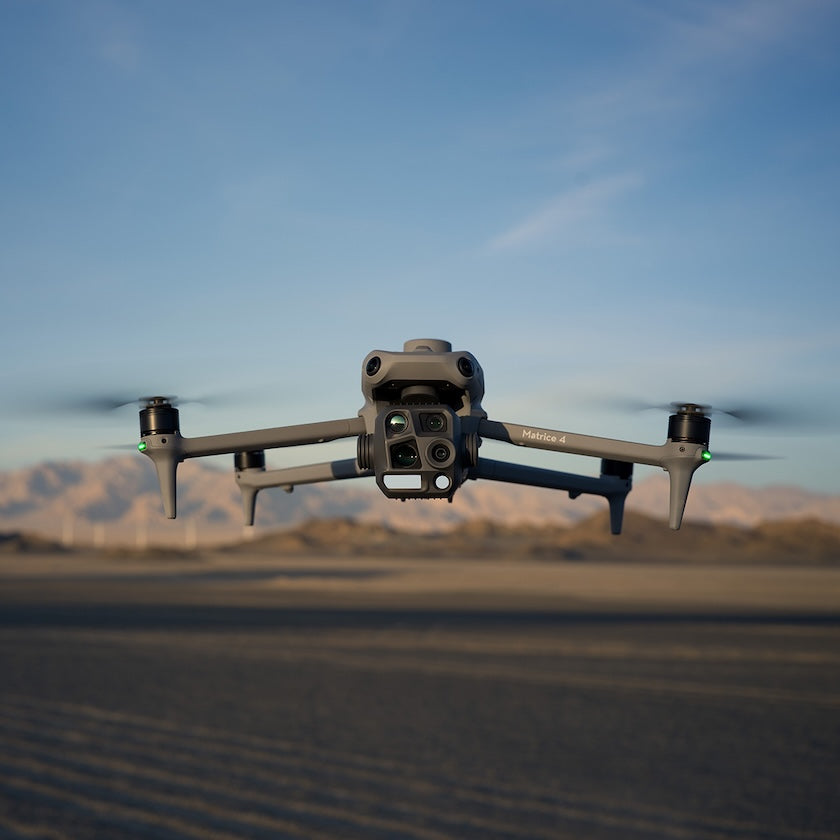Can I use thermal during the day?
Thermal imagers have become increasingly popular in various fields, from security and surveillance to outdoor activities like hunting and wildlife observation. These devices use heat-seeking technology to detect and visualize heat signatures emitted by objects and living beings.
A common question that arises is whether thermal imagers (be it a thermal spotter, thermal binoculars or a thermal scope) can be effectively used during daylight hours. In this article, we will explore the capabilities of thermal imagers and determine whether they are suitable for daytime use.
Understanding Thermal Imaging Technology:
Put simply, thermal imagers detect temperature. This is done by recognizing and capturing different levels of infrared light, which is converted into a visible image. Unlike traditional cameras that rely on visible light, thermal imagers can "see" in total darkness and through various atmospheric conditions. They excel in detecting temperature differences, making them invaluable in low-light environments or when dealing with concealed subjects.

Limitations of Thermal Imaging in Daylight:
While thermal imagers are primarily designed for low-light conditions, they can still be used during the day, albeit with certain limitations. During daylight hours, naturally the ambient temperature rises, causing the thermal contrast between objects to diminish. As a result, the thermal imagery produced may not be as distinct or detailed compared to night time scenarios (for instance, rocks may hold heat from sunlight during the day, making animals less distinguishable alongside them. The same rocks will be cool at night and cause no confusion/distraction). However, this doesn't render thermal imagers ineffective during the day – they still provide, detailed images.
Applications of Daytime Thermal Imaging:
Woodland Deer Stalking: Many foresters use thermal spotters for important deer management over woodland areas when it can be nearly impossible to locate the deer with standard binoculars. A thermal imager monocular is now considered by many as essential deer stalking equipment.
Wildlife Observation: In outdoor activities such as wildlife observation and tracking, thermal monoculars can be advantageous during both day and night. Even in well-lit environments, thermal technology can reveal hidden animals, distinguish tracks on different surfaces, and assist in locating wildlife in dense foliage.
Surveillance and Security: Thermal imagers can be employed for thermal imaging surveys during daylight hours. They can help identify individuals or objects that emit different levels of heat, even when they are partially obscured. This makes them useful tools for law enforcement agencies and security personnel.
Industrial Inspections: Thermal imagers are valuable in conducting inspections of machinery, electrical systems, and infrastructure during the day. They can quickly identify overheating components or detect abnormalities in thermal patterns, aiding in preventive maintenance and troubleshooting.
Search and Rescue: During daylight search and rescue operations, thermal imager monoculars can be utilised to locate missing persons or survivors by detecting their body heat signatures. This can significantly expedite the search process, especially in challenging terrains or heavily vegetated areas.
Conclusion:
Although thermal imaging products are primarily designed for low-light conditions, they can still be effectively used during the day to a certain extent. While the thermal contrast may be reduced in bright sunlight, thermal technology can still provide valuable information in a variety of applications, including deer stalking in the UK, wildlife observation, thermal imaging surveys, and search and rescue operations. Understanding the limitations and capabilities of thermal imaging during the day allows users to harness the full potential of these devices for their specific needs.
For more information and advice, please contact us. We specialise in Pulsar thermal imaging, selling thermal spotters, thermal binoculars, thermal scopes and thermal add-on units.
We are very happy to make recommendations according to you needs and intended uses. We also have a helpful article on how to choose a thermal imager.
🎄Christmas Opening Hours🎄
Christmas Eve (Wed): 9.30pm - 2pm
Thur 25th - Sun 28th: Closed
Mon 29th - Wed 31st: 10am - 2pm
Thur 1st Jan - Sun 4th: Closed
Mon 5th Jan: Normal Hours



















